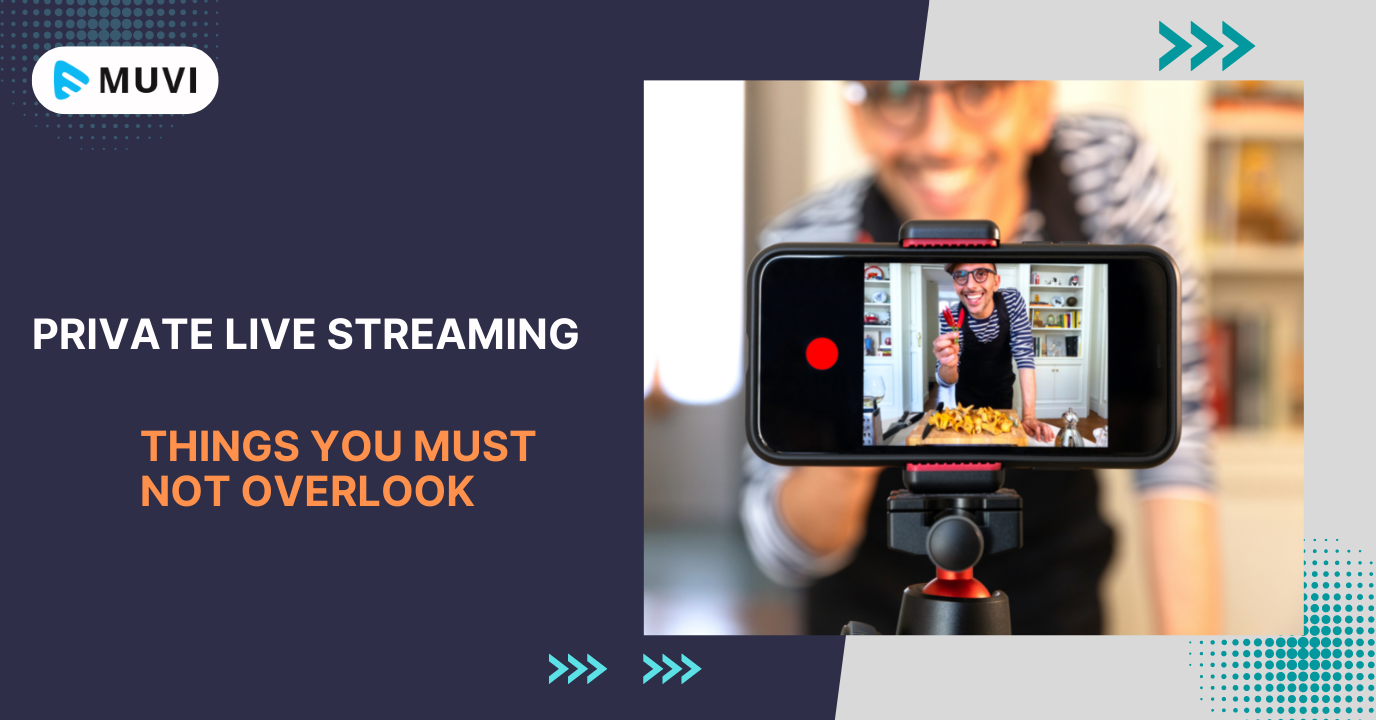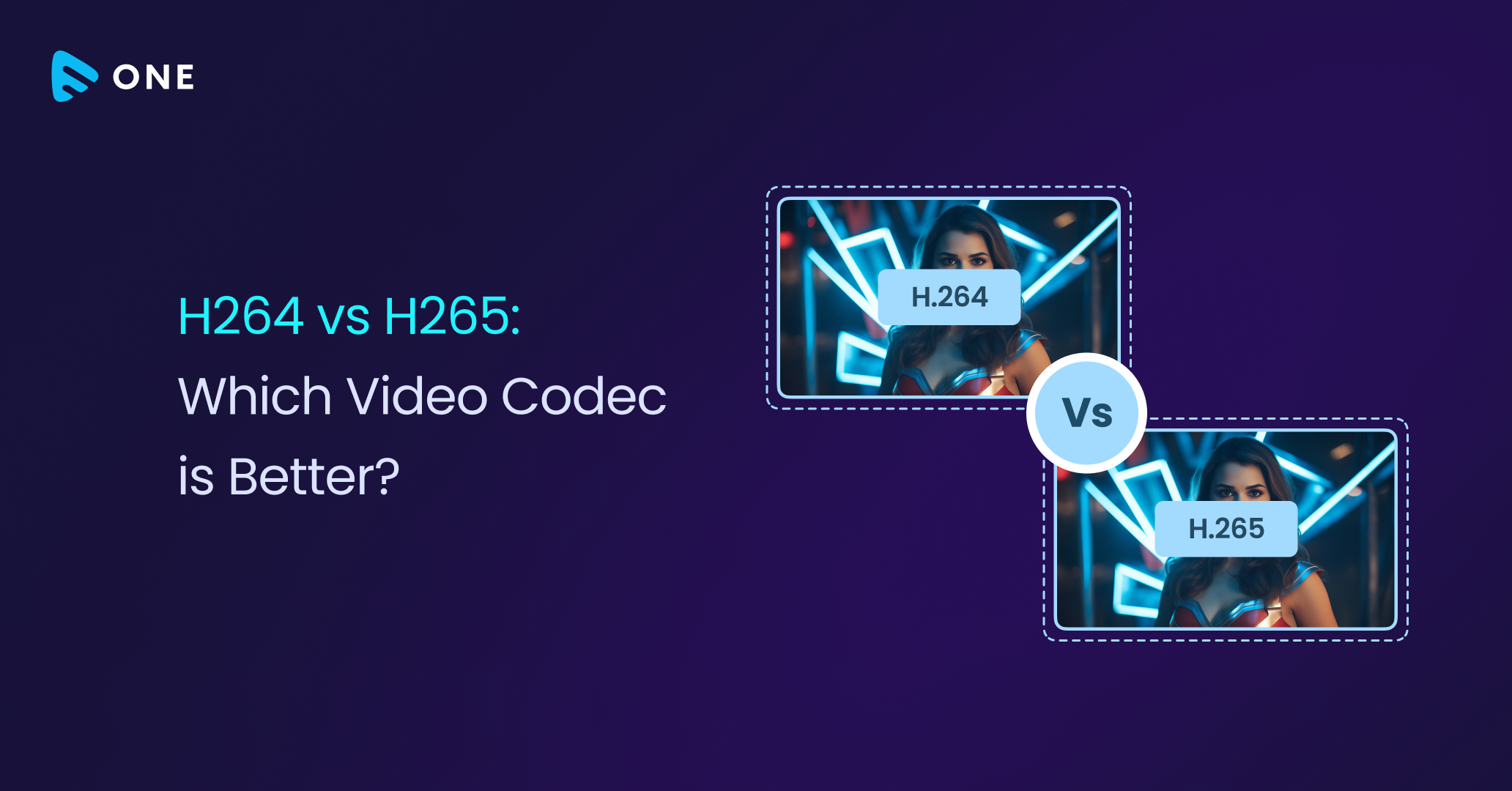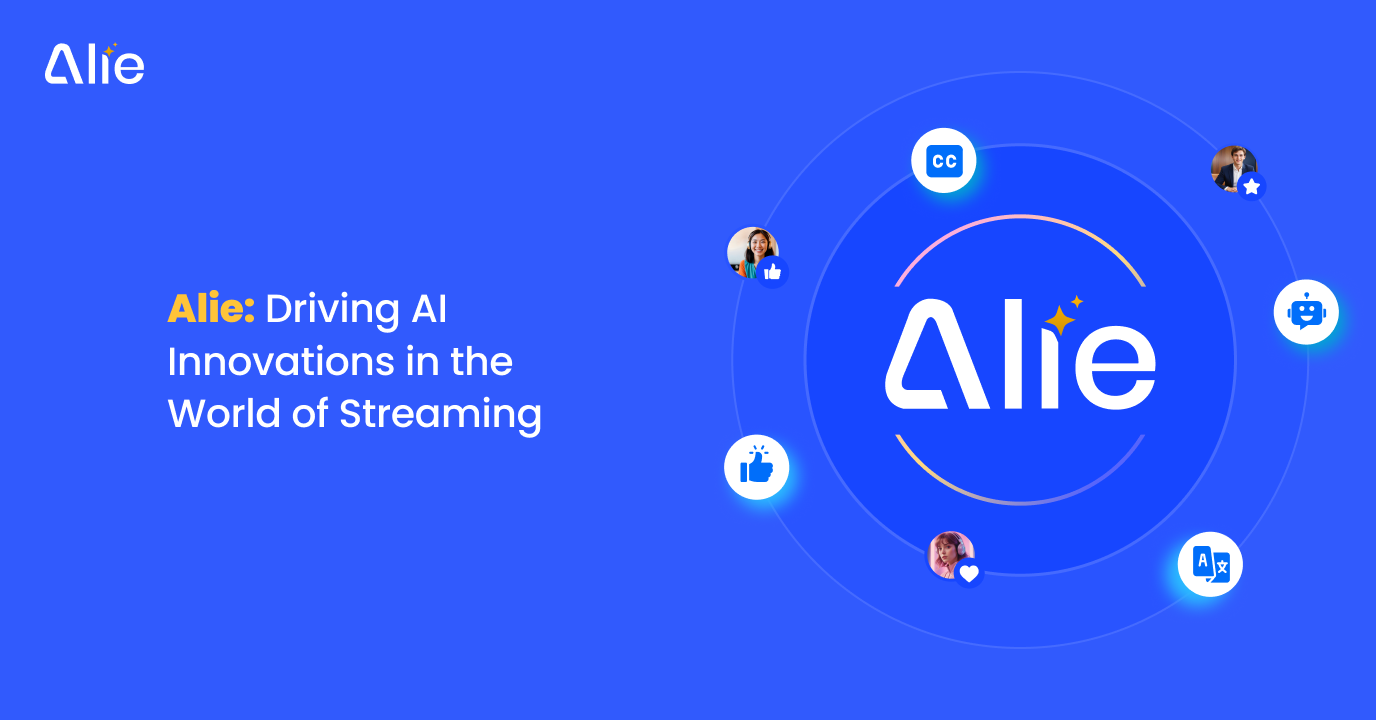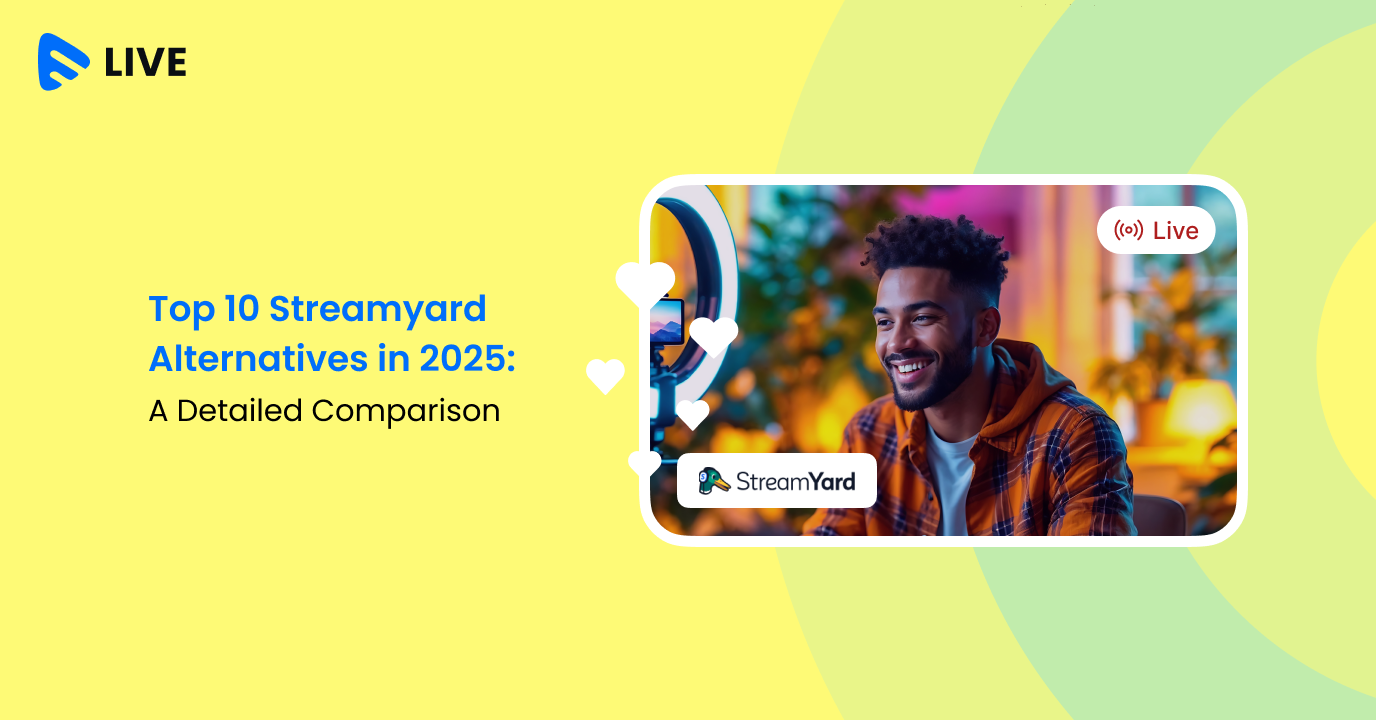With the utmost growth of technology, the reach of accessing information also has expanded significantly. This rapid growth has led to maximum online vulnerabilities of businesses. It has also given birth to several cybercrime and loss of money to professional organizations.
So, considering the need for security, today we will be discussing private live streaming. We will discuss What is a private live stream and how to successfully accomplish a private live stream and some important features to look for while choosing a private live stream platform.
Let’s get started…
Live Streaming Industry – A Glance
Live streaming provides an amazing opportunity to get connected with the audience and share the brand’s message clearly. Experts have discovered that 80% of consumers prefer to watch live videos than reading out a blog post or a social media post. Most younger generation people are showing interest in live streams as compared to pre-recorded content. Hence, live stream captures maximum attention than any other form of content delivery mode. Example – Facebook Live videos are watched 3 times longer than a pre-recorded video. So, live streaming sessions hold audience attention 10 to 20 times longer than VOD content.

Private Live Streaming – The Definition
We have always heard that live streaming is done to a huge audience base, however, it is not necessarily true each time. You can also initiate a private live streaming session. When a live session is broadcasted to a selected group of viewers rather than public due to some security reasons it is called as Private Live Stream.
Well, you must be thinking about what events you can privately live stream. I must say, there are a bundle of events that you can consider live streaming privately, such as:
- Internal Company Meetings
- Internal Company Trainings
- Private Streams To Family And Friends
- Paid Virtual Events
- Webinars
- Conferences
- Concerts
- Private Meet And Greet
- Classes
So, private live video streaming is intended for internal use only where you would provide the access to those who you would like to make the part of the event. However, public live streaming is where anyone can access your content and view your live stream.
How to live stream privately?
Planning Of Private Streaming
If you want to successfully accomplish a private live stream, first you need to plan your private streaming. You can plan it considering multiple things such as:
- Targeted audience
- Geographical location
- Way to access the private stream
- How to provide info about your private stream
First of all, distinguish who are the audience you want to share the live sessions with and what you want to achieve from that private live session. Along with that you also need to think about the location of your audience and how they can access the private live stream. Lastly, you need to find a method to provide info about your private live stream to your desired audience. Example – If you are planning for an internal company live session, sending the desired info to the members through emails would be a great option.
Topic For Your Private Live Stream
Once you finalize your audience and goal, it’s time to choose the topic you want to live stream on. Once you create the outline and fill in the detail, consider including audio or visual content to the content. A plan in-hand will let you deliver the best and in-depth live session to your desired audience group.
Choose Your Live-Streaming Set Up
First of all, find out if you are going to use a private live streaming or public live streaming and choose your live streaming accordingly. Private live streaming set-up is similar to the set-up a public live streaming set-up. For more information on live streaming set-up consider reading out one of the previous blogs.
How To Choose A Private Streaming Platform?
The best and the most secure way of live streaming privately is choosing a professional-grade private live streaming platform. These platforms are loaded with high-quality features and tools that you need to reach your individual goals. For example, if you are hosting a paid event, then you must need the monetization feature in the platform. Professional streaming also requires brand customization and elimination of third-party ads and logos.
Built-in CDN
Built-in CDN provides low latency video or audio content delivery to users across the world. You must choose a platform that allows you to seamlessly integrate your preferred CDN with your live streaming platform. CDN is responsible for secure delivery of content for your platform. It detects the location where the end users are viewing content from and delivers content via cloud from a server or node closest to the user’s location.
Encoding and Transcoding
Encoding and transcoding features can help deliver a seamless buffer-free streaming experience to your audience with utmost efficiency. Encoding compresses the size of the file without compromising the quality and transcoding converts the video into multiple resolution format for buffer-free streaming despite the internet speed.
Monetization
Monetization is one of the most vital features for those who want to host a paid event to a selected group of audience. With several monetization models you can monetize your contents and allow users to pay using their local currency.
Security
Security is a must-have feature for private live streaming. Select a platform that provides a high-standard of security. A platform equipped with advanced security features to defend your platform against every kind of security threats. Prefer a platform that will protect your content, your user’s data from hackers who come with the intention of disrupting your streaming platforms.
DRM
Another vital way of protecting your live stream sessions is to watermark your videos. Choose a platform that allows you to protect your videos with Digital Right Managements (DRM). It is the technology used to control and manage access to your digital copyrighted materials. It actually uses a code that prevents copying of material.
Security Features to look for in a Private Live Streaming Platform
Password Protection
It is the most standard security feature that is considered as the first line of defense for private live streaming. You can set a password and give access to the viewers whom you want to access the content. It is ideal for a small event with trusted individuals.
Geo And Referrer Restrictions
Restriction restricts the access of unauthorized individuals to private live streams. Geo restriction allows broadcasters to restrict who can access live streams via IP address. And the referrer restriction allows broadcasters to only permit visitors who came from a page on your domain.
Payment Security
When you are hosting paid events, giving priority to payment security is a must. There are several hackers and pirates looking to steal the payment information like card details and address of your end-users. Payment security will hide the details of your end-users via encryption and prevent information being stolen.
Conclusion
Security and privacy are the two must-have aspects for private live streaming. When these two aspects are strong, streaming privately would be much easier for you. We hope that we have made you clear in choosing the right private live streaming platforms that will help you achieve a flawless private live streaming.
If you are looking for a private streaming platform with highest grade security and several other supercool features, we want you to try a free trial of Muvi Live.
Muvi Live can help you deliver brand defining private live streaming experience from multiple cameras, screens, platforms without any external support.


















Add your comment